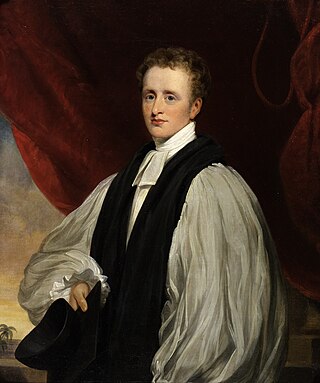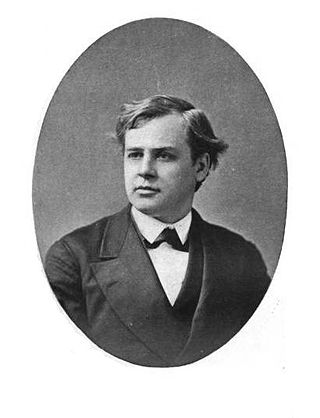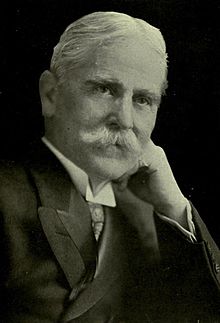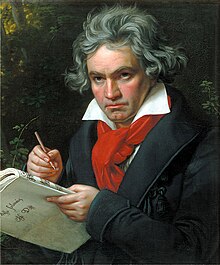A doxology is a short hymn of praises to God in various forms of Christian worship, often added to the end of canticles, psalms, and hymns. The tradition derives from a similar practice in the Jewish synagogue, where some version of the Kaddish serves to terminate each section of the service.

"Love Divine, All Loves Excelling" is a Christian hymn by Charles Wesley on Christian perfection. Judging by general repute, it is among Wesley's finest. Judging by its distribution, it is also among his most successful.

"Be Thou My Vision" is a traditional Christian hymn of Irish origin. The words are based on a Middle Irish poem that has traditionally been attributed to Dallán Forgaill.

"For All the Saints" was written as a processional hymn by William Walsham How, who was ultimately the Anglican Bishop of Wakefield. The hymn was first printed in Hymns for Saints' Days, and Other Hymns, by Earl Nelson, 1864.

A grace is a short prayer or thankful phrase said before or after eating. The term most commonly refers to Christian traditions. Some traditions hold that grace and thanksgiving imparts a blessing which sanctifies the meal. In English, reciting such a prayer is sometimes referred to as "saying grace". The term comes from the Ecclesiastical Latin phrase gratiarum actio, "act of thanks." Theologically, the act of saying grace is derived from the Bible, in which Jesus and Saint Paul pray before meals. The practice reflects the belief that humans should thank God who is believed to be the origin of everything.

A Christian child's prayer is Christian prayer recited primarily by children that is typically short, rhyming, or has a memorable tune. It is usually said before bedtime, to give thanks for a meal, or as a nursery rhyme. Many of these prayers are either quotes from the Bible, or set traditional texts.
Phos Hilaron is an ancient Christian hymn originally written in Koine Greek. Often referred to in the Western Church by its Latin title Lumen Hilare, it has been translated into English as O Gladsome Light. It is one of some of the earliest known Christian hymns recorded outside of the Bible that is still in use today. The hymn is part of vespers in the Byzantine Rite and the Catholic Church, and also included in some Anglican and Lutheran liturgies.

"We Gather Together" is a Christian hymn of Dutch origin written in 1597 by Adrianus Valerius as "Wilt heden nu treden" to celebrate the Dutch victory over Spanish forces in the Battle of Turnhout. It was originally set to a Dutch folk tune. In the United States, it is popularly associated with Thanksgiving Day and is often sung at family meals and at religious services on that day.
"For the Beauty of the Earth" is a Christian hymn by Folliott S. Pierpoint (1835-1917).

"Holy, Holy, Holy! Lord God Almighty!" is a Christian hymn written by the Anglican bishop Reginald Heber (1783–1826).

My Jesus I Love Thee is a poem written by William Ralph Featherston in 1864 when he was 16 years old, although one source says he could have been just 12 years old. The first two lines of this poem are nearly the same as a hymn written by Caleb J. Taylor, published in 1804; this hymn is used as the basis for the song Imandra by Ananias Davisson in the Supplement to the Kentucky Harmony in 1820, reprinted in Southern Harmony in 1835. There are other similarities between Featherston's poem and camp-meeting songs published in the 1820s onward.
"See, amid the Winter's Snow", also known as "The Hymn for Christmas", is an English Christmas carol, written by Edward Caswall and first published in 1858. In 1871 Sir John Goss composed a hymn tune for it, "Humility", and as "Hymn for Christmas Day", it was included in Christmas Carols New And Old, the anthology edited by Henry Ramsden Bramley and John Stainer.
"As with Gladness Men of Old" is an Epiphany hymn, written by William Chatterton Dix on 6 January 1859 (Epiphany) while he was ill in bed. Though considered by many as a Christmas carol, it is found in the Epiphany section of many hymnals and still used by many churches. The music was adapted by William Henry Monk in 1861 from a tune written by Conrad Kocher in 1838. The hymn is based on the visit of the Biblical magi in the Nativity of Jesus.

Spiritual communion is a Christian practice of desiring union with Jesus Christ in the Eucharist. It is used as a preparation for Mass and by individuals who cannot receive holy communion.
"Jaya Ho" is a Christian hymn written in the Hindi language by an unknown author. The song's Hindi title, more frequently transliterated "Jai ho" in other contexts, means "may there be victory" and is frequently used interjectively to praise God. The hymn's English title is often given as "Victory Hymn" or "Victory Be to You [i.e., God]".
"Joyful, Joyful" is a song by contemporary Christian music band Casting Crowns from their fourth studio album Until the Whole World Hears (2009). Written by Mark Hall and Bernie Herms and produced by Mark A. Miller, the song is a re-interpretation of the hymn "Joyful, Joyful We Adore Thee" and Ludwig van Beethoven's Symphony No. 9. "Joyful, Joyful", a CCM and alternative CCM song, is driven by a string section that has been compared to Coldplay's song "Viva la Vida". It received positive reviews from music critics and received airplay over the 2010 Christmas season, peaking at number three on the Billboard Hot Christian Songs chart.
Singing the Living Tradition is a hymnal published by the Unitarian Universalist Association.
"Crown Him with Many Crowns" is an 1851 hymn with lyrics written by Matthew Bridges and Godfrey Thring and sung to the tune 'Diademata' by Sir George Job Elvey. The hymn appears in many hymnals.










